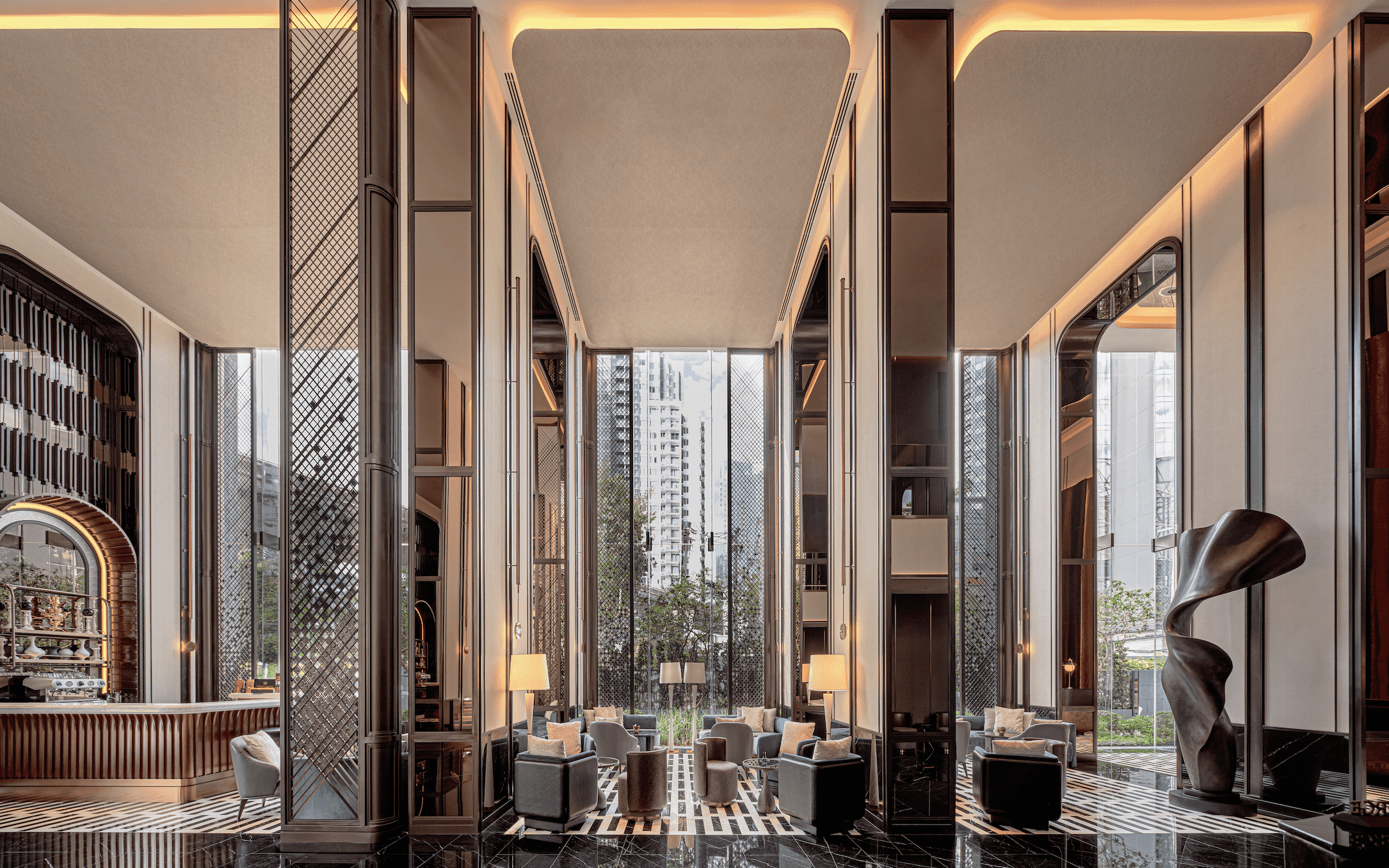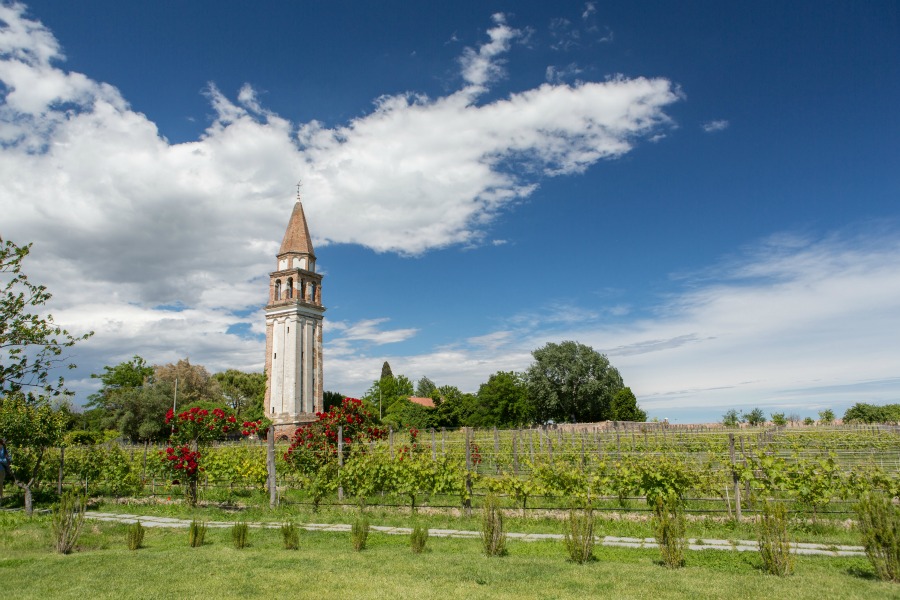 Photo credit: Mattia Mionetto
Photo credit: Mattia Mionetto
Finding your way around Venice is an experience in itself: narrow streets that stop short in canals; bridges seemingly forever under repair; tourists flooding the squares in high season, water flooding them the rest; gondolas as outrageously expensive as ever. Even tracking down an address is a work of art. So anything that makes the process of navigating Italy’s most magical city easier or more fun is to be celebrated. Here are five interesting and alternative ways to get around.
1. Through your phone or tablet
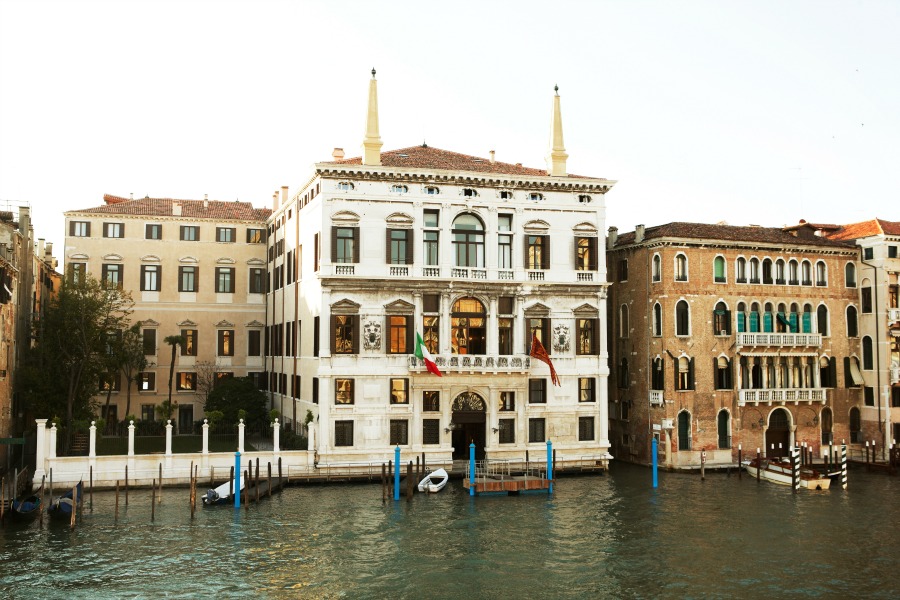
Figuring out which stunning old palazzo you’re looking at isn’t easy, especially after a couple of twists and turns through the canals. Pulling out a guidebook, and keeping it dry, isn’t much fun either. The Venice Canal Grande app, launched earlier this year for iPhone and iPad, features a stunning single panorama of the entire 3km length and all 300 buildings along the city’s main waterway, divided into left and right-hand side. Each building is displayed in full color, with historical information, and you can jump to a particular section of the Canal by clicking on the map. It’s available in Italian and English for €2.99 ($4.60).
Incidentally, while it’s now too late to catch the Biennale (it closed in November), you can still explore all the international pavilions online, thanks to the Google Cultural Institute, which put images and info from close to 4,000 artworks up here.
2. With a paddle
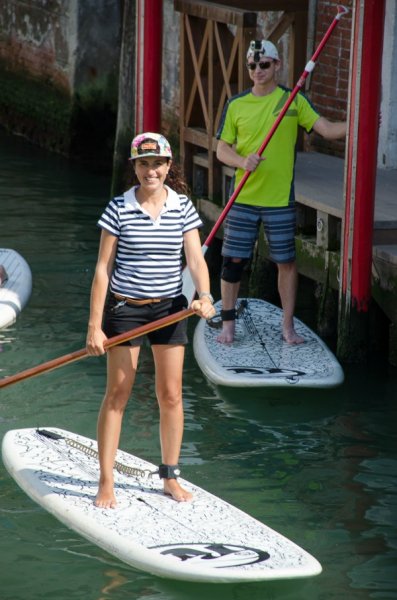
Generations of visitors to Venice have worried about falling in the water, but a new tour company gets you closer than ever. SUP in Venice offers two hour stand-up paddle-boarding tours of the city, for experienced SUPers. You’ll need to be able to stop the board, turn a sharp 90° angle and cope with waves and currents—entering the water is strictly prohibited, so this isn’t a place to come learn from scratch. If you’re comfortable with the basics though, it’s a fantastic way to get a new, leisurely perspective on the city. Pricing starts from €50 ($80) for a group of 4, up to €70 ($110) for a solo tour, plus 22% tax.
For €50 ($125) you can also take a class with Row Venice, in which you’ll learn how to pilot your own boat along the canals: it’s a 90-minute lesson, for up to four people, in a traditional, hand-crafted wooden batellina. It’s also far cheaper than paying a gondolier to do it for you.
3. By joining a group of fellow history enthusiasts
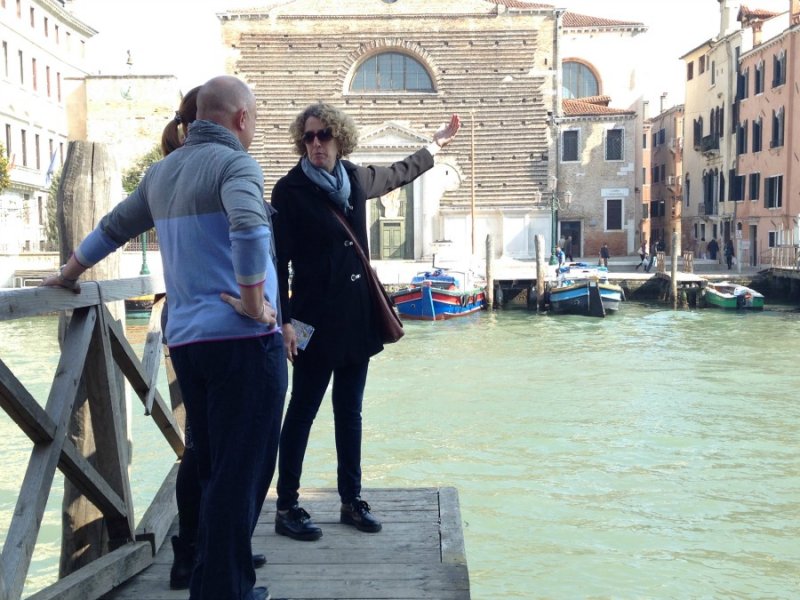 Context Travel
Context Travel
Hiring a guide isn’t exactly a novel idea, but the range of curated experiences on offer is increasingly impressive. Context Travel, whose small group tours are led by highly-qualified MA or PhD-level docents, offer an array of specialist itineraries, including a four-hour boat tour of the lagoon, where you’ll learn about the science behind its construction, visit seagrass meadows and take a look at the site of the yet-to-be-completed flood barriers (from $170 for a group tour); a walking tour examining the history of the city during the plague (from $125); and a Shylock-themed tour of the old Jewish ghetto neighborhood of Canareggio (from $125). Meanwhile, Urban Adventures have a two hour, early evening “Canal and Aperitivo experience” which takes you in a traghetto (local water taxi) round the Canareggio and Castello neighborhoods, dipping into various bacari (small, local wine bars) for drinks and cicchetti, the famed Venetian snacks. Pricing starts from $170.
4. By getting away from it all
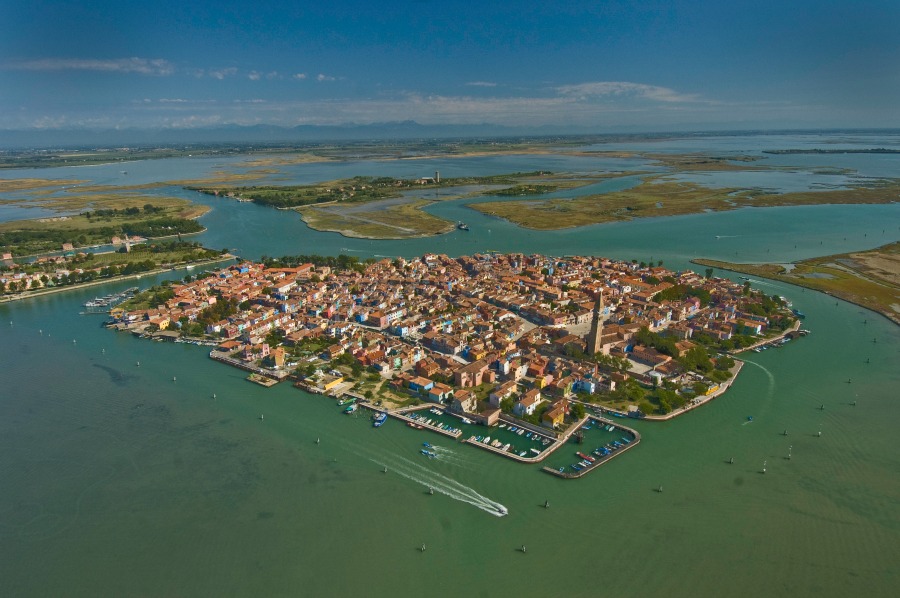 Photo credit: Paolo Spigariol
Photo credit: Paolo Spigariol
There are more than 100 islands in the Venetian lagoon, many of them abandoned and uninhabited, others delightfully rural, where the pace of life is a world apart from La Serenissima. Some of them are already well-established on the tourist trail: Murano for glass-blowing, Burano for its brightly-colored houses, and Torcello, once more powerful than Venice itself, now somewhere people come to marvel at its decline over drinks at Hemingway hangout Locanda Cipriani.
Mazzorbo, a tiny island near to Burano, also draws serious foodies to Venissa, a new-ish gourmet spot inside a 16th century walled compound. But hopping on a vaporetto (water bus) to some of the other outlying islands is a great way to escape the tourist hordes. Sant’Erasmo, known as the market garden of Venice and just 30 minutes away on Vaporetto 13, is home to the acclaimed winery of Orto di Venezia (www.ortodivenezia.com) as well as Bar Tedeschi, a popular summer party spot overlooking the beach. Vaporetto 1 takes you from central Venice to the Lido in 15 minutes, and while you‘ll certainly want to soak in the 60s glam vibe, particularly during the annual Film Festival, it’s also worth taking a bus out to Alberoni at the tip of the island, where you’ll find the lagoon’s best beaches, as well as locally grown food at restaurant/B&B Le Garzette. A ferry from here goes on to Pellestrina, a narrow island home to three traditional fishing villages and Da Celeste, one of the best seafood restaurants on any of the islands.
5. Navigate in style
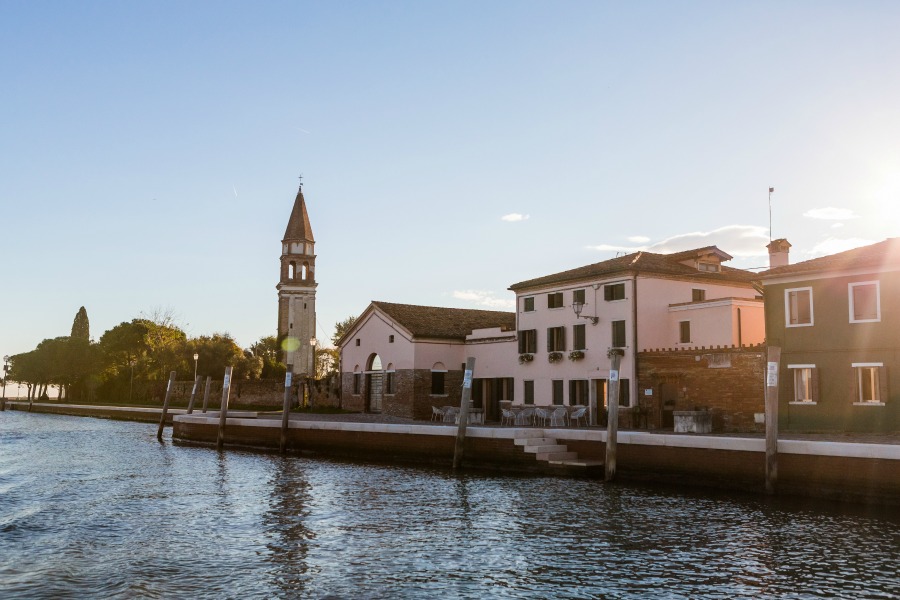 Photo credit: Mattia Mionetto
Photo credit: Mattia Mionetto
A 2011 initiative to introduce seaplane tours over Venice appears to have floundered, but you can still get a real sense of the scale of the place (and look like one of the jet-set) by hiring your own boat and cruising the lagoon. Sites likes Charter World offer some pretty luxe yacht options (the cheapest we could find was €14,000 ($21,530)/week), but The Globe Sailor has a six berth Elan 31 sailboat from €1,700 ($2,615) for a bareboat charter, more if you need a skipper.
ESSENTIALS
Getting There
Etihad and Alitalia can get you there, with a layover in Abu Dhabi, for around $1,150 return.
Where to stay: Aman Canal Grande Venice
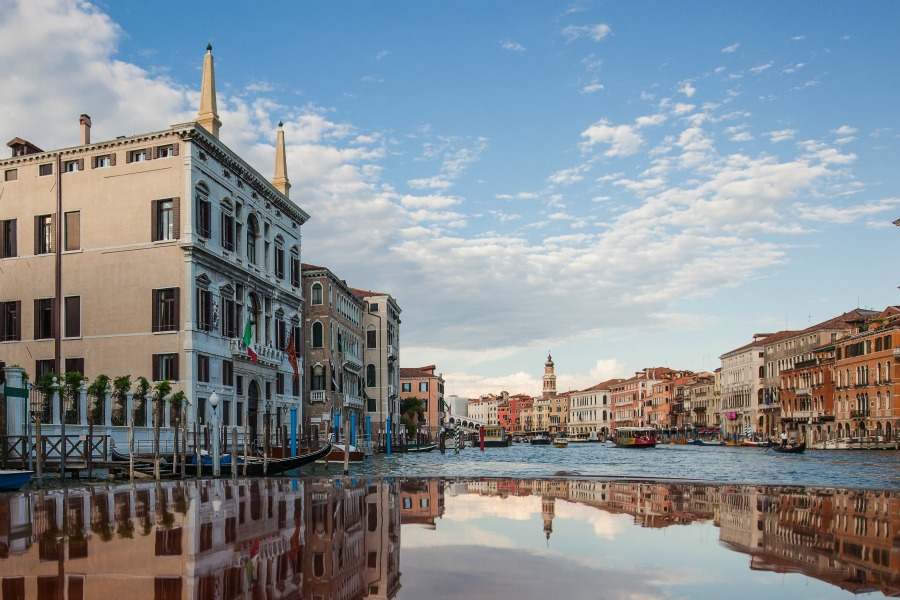
Overview: Opened in mid-2013, and made famous when George and Amal Clooney chose to spend their wedding night in one of the 24-suites, this luxury spot on the banks of the Grand Canal is surely among the world’s most lavish places to bed down. Housed in one of only eight palazzo monumentali in Venice, and still owned by descendants of the original family, it’s discretely tucked away (no signs) in the city’s smallest district, San Polo, a few minutes from the Rialto Bridge. Imagine going to stay at the home of an extremely wealthy friend, one who’s happy to leave you to your own devices but lend you their luxury boat (“Aman”) when you need it, and you have some idea what’s in store.
Design: The wealth and artistic talent on display make it less hotel, more living embodiment of 450 years of Venetian history. Embossed 16th century gold leather lines the walls of the library. Stairways open into enormous salons, hung with huge chandeliers from ceilings adorned with frescoes by 18th century masters. Neo-Renaissance and rococo styling, the legacy of a 19th century redesign, blend with the understated Aman style of silk curtains, white furnishings and soft lighting, courtesy of hotel design legend Jean-Michel Gathy (who also worked on Amanwana in Indonesia as well as the pool at Marina Bay Sands).
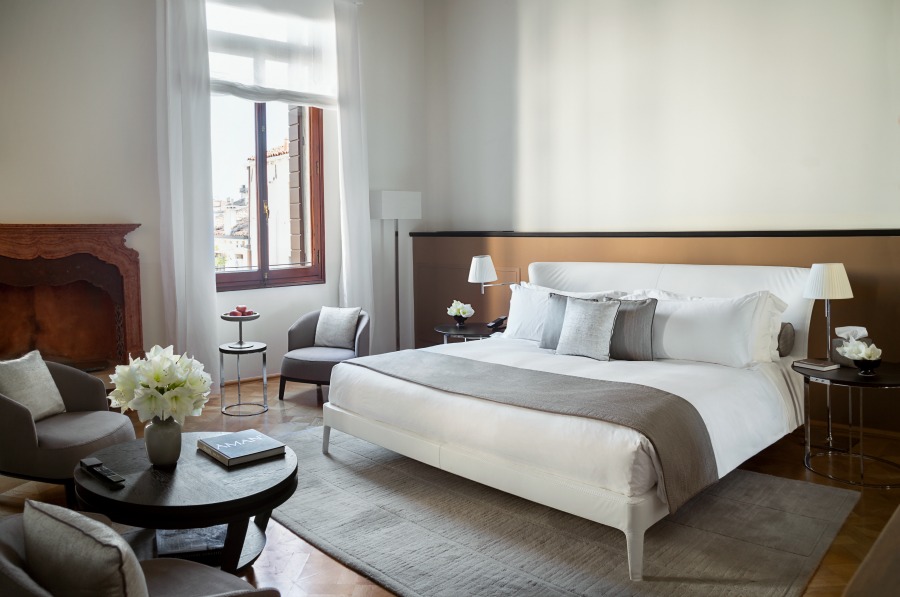
Rave: Nothing says high life quite like arriving by boat to your hotel’s private dock and stepping directly into a reception hall of soaring ceilings, sweeping staircases and overwhelming luxury. Another nice touch: most of the staff are Venetian and have lots of helpful tips to share, and the property also organises expert guided itineraries to show you around the city. But it’s the private riverside garden—a rarity in Venice—that makes this Aman a truly special spot, either for an alfresco breakfast or for dinner (in the summer months) at Japanese restaurant Naoki. When we weren’t enjoying the huge bedroom and bathroom in our suite, we spent most of our time in the garden, and didn’t even make it to the in-house spa, gym or rooftop terrace.
Rant: Because it’s a private house with an emphasis firmly on discretion, chances are you won’t get to meet or talk with other guests. But then, that may be exactly why some people choose to stay.
Price: From €1,045 ($1,605) for a double. Not cheap by any means, but if you’re in the mood to splurge their rates stay the same year-round, meaning it’s a better deal than the likes of the Cipriani in high season.




